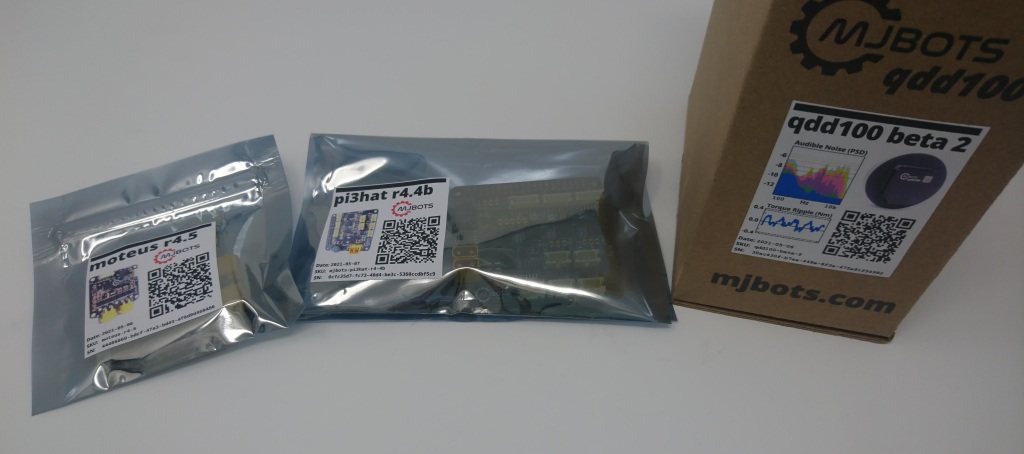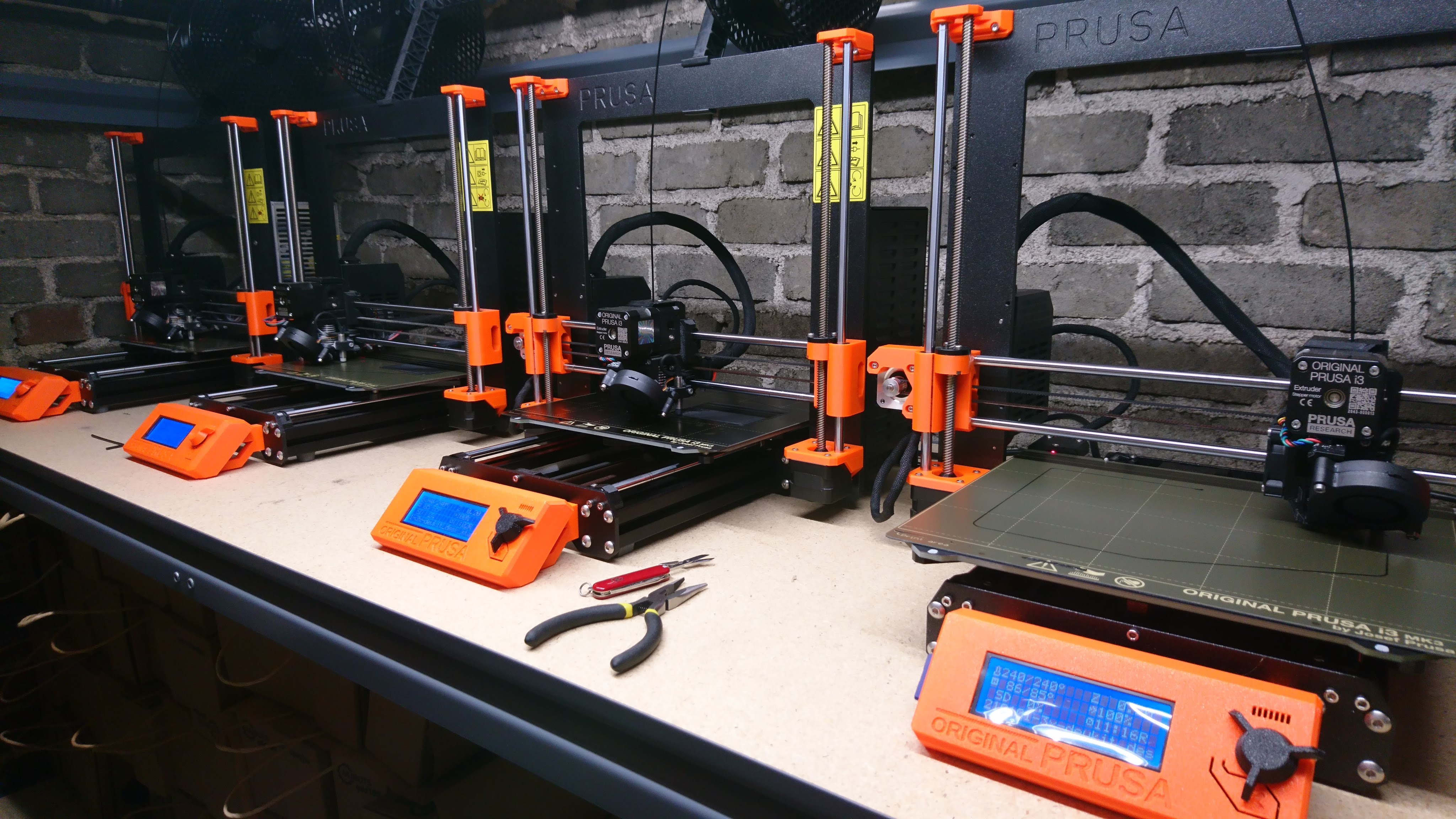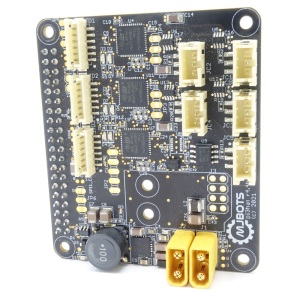For most of mjbots’ existence, all of our products were labeled with a dependable, if lackluster, Brother P-Touch label maker. In line with other packaging improvements, I recently upgraded that labeling setup to bigger, higher resolution, and full color!

This is using an Epson TM-C3500, which I had expected to operate directly from my Linux based test fixtures. However, upon receiving it, discovered that alas only Windows drivers were available. Thankfully, it wasn’t too bad to print from python in a simple way as long as you manually select the media type from the Windows dialogs. Thus I made up a simple Flask app to receive label images over HTTP and print them. That runs on a Windows computer, and the test fixture applications just POST their label images to it.



